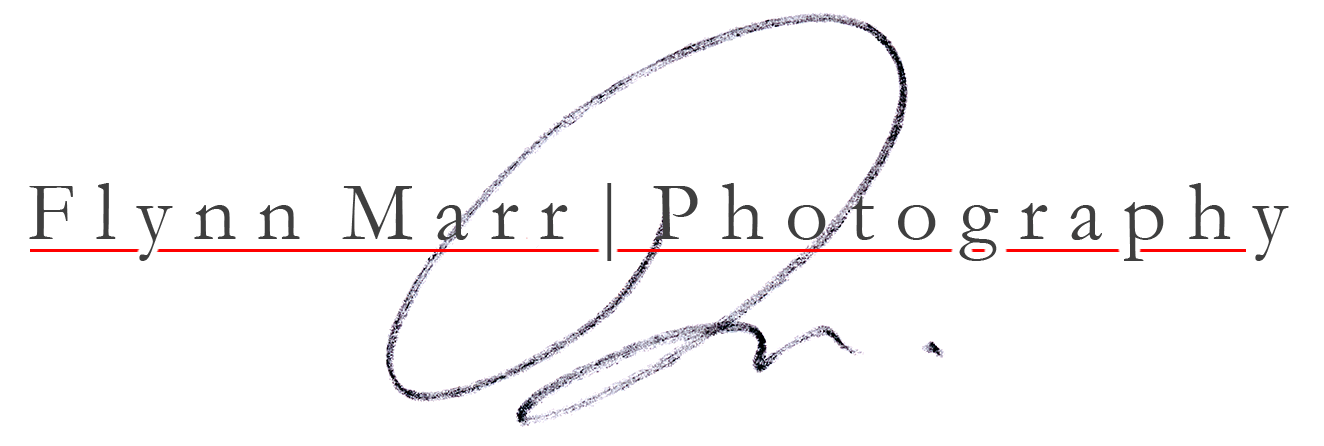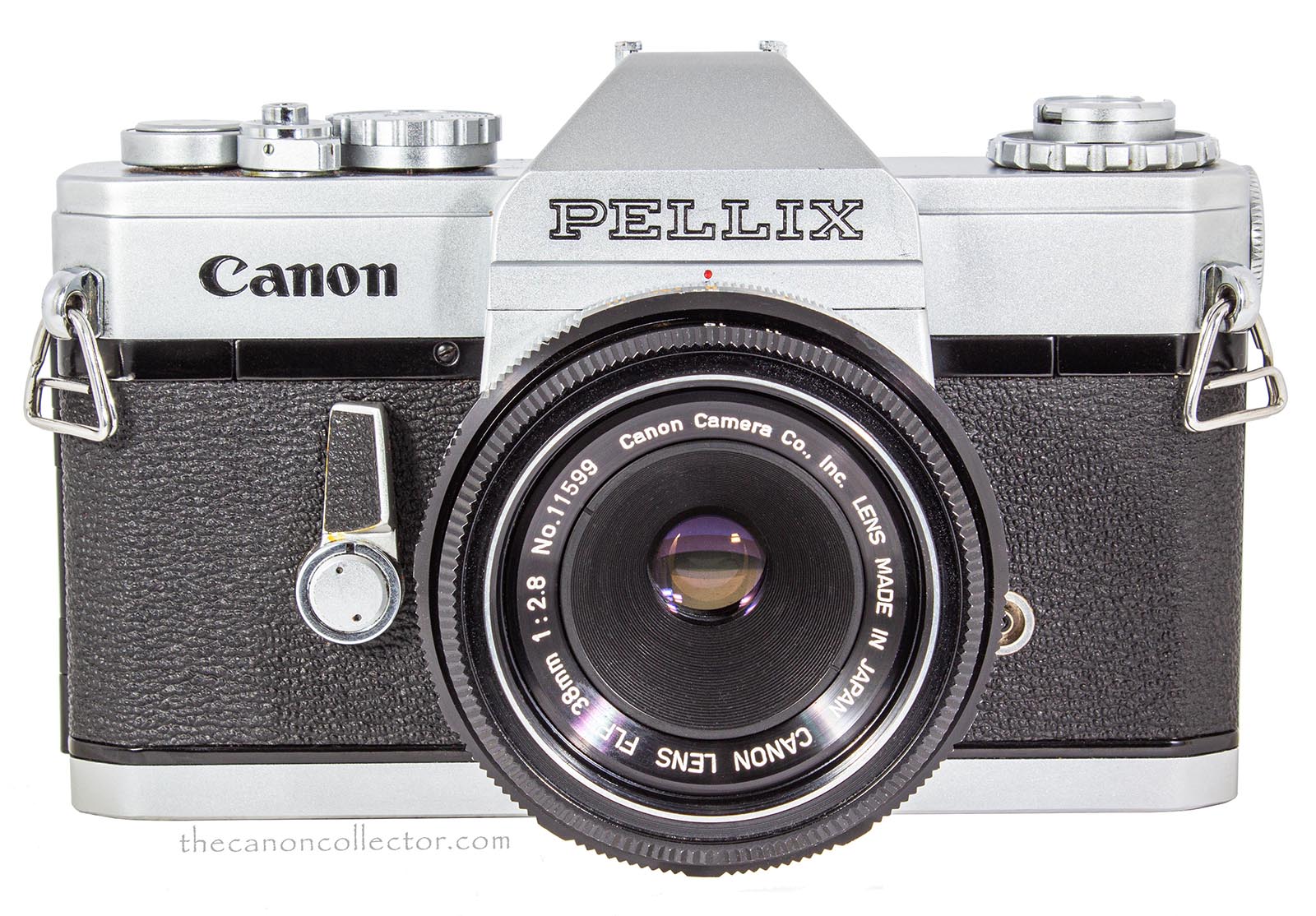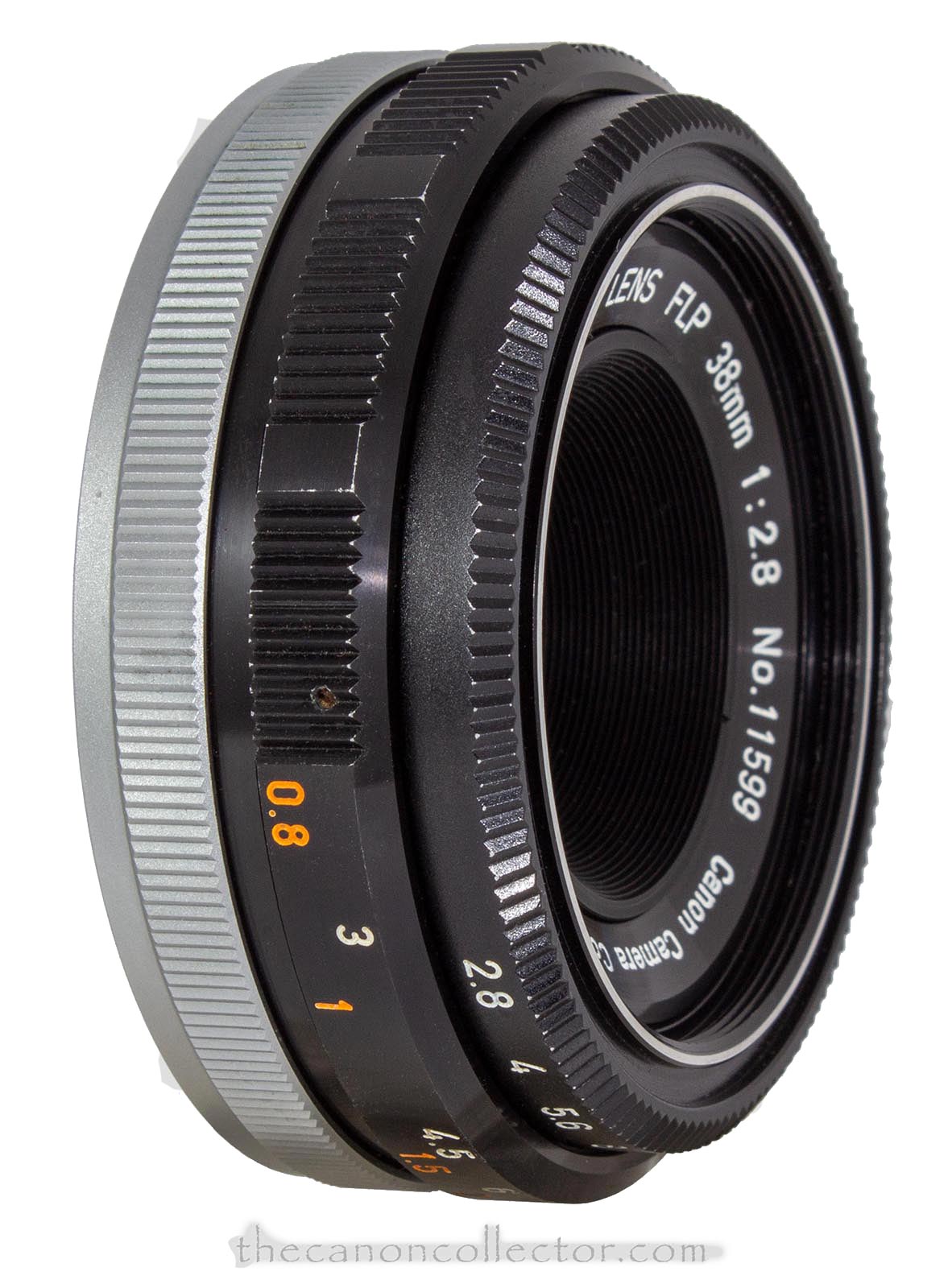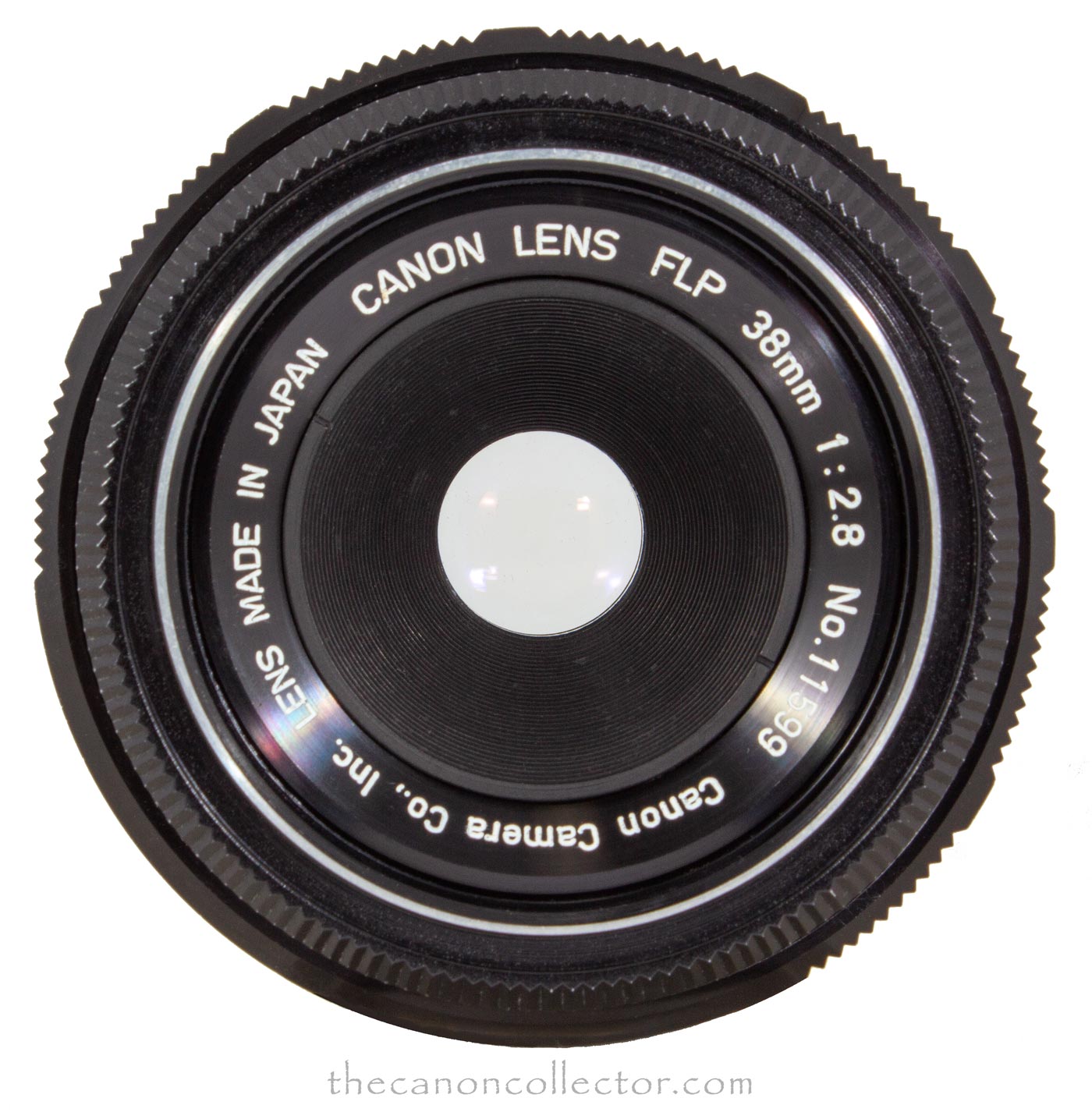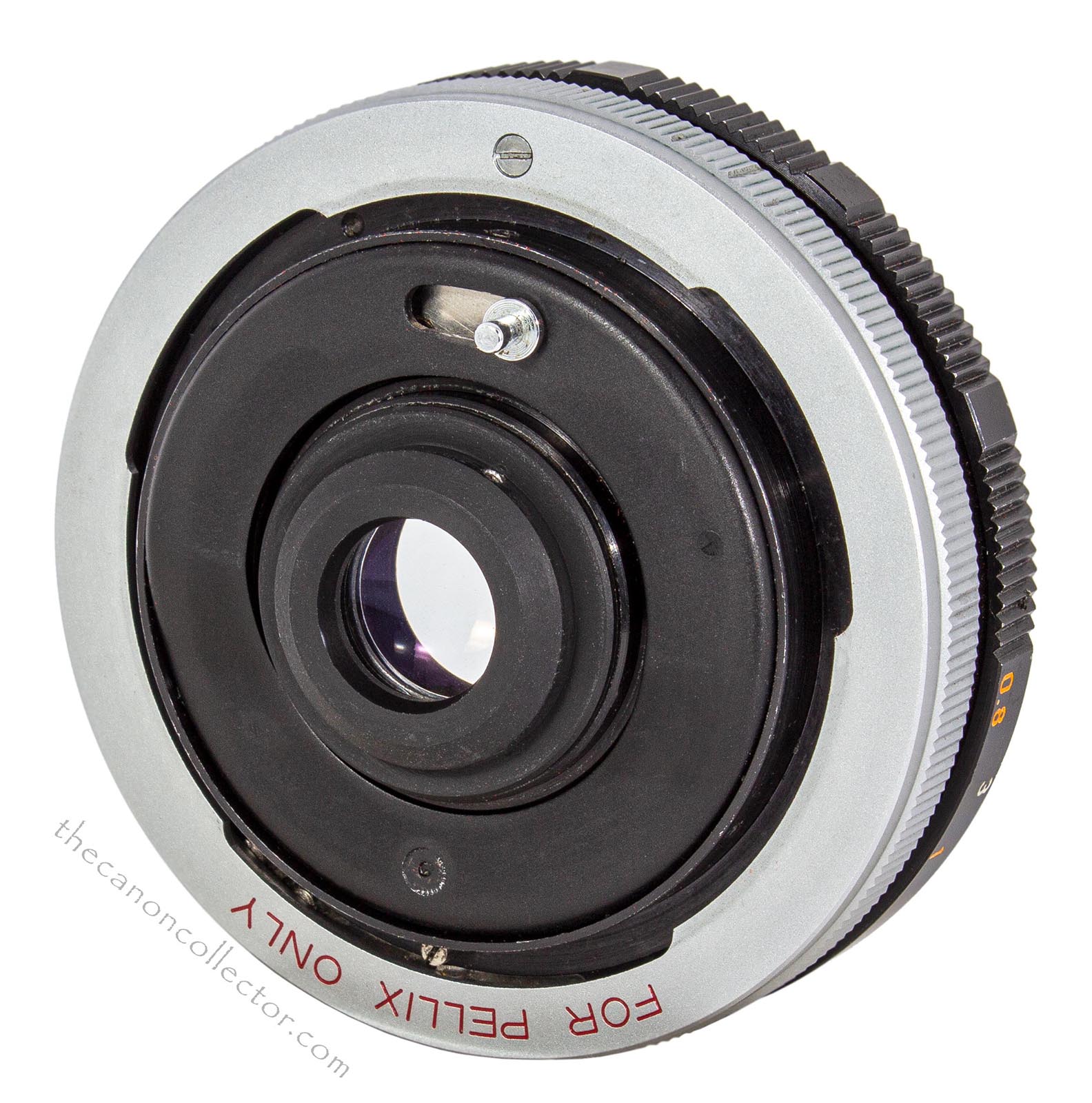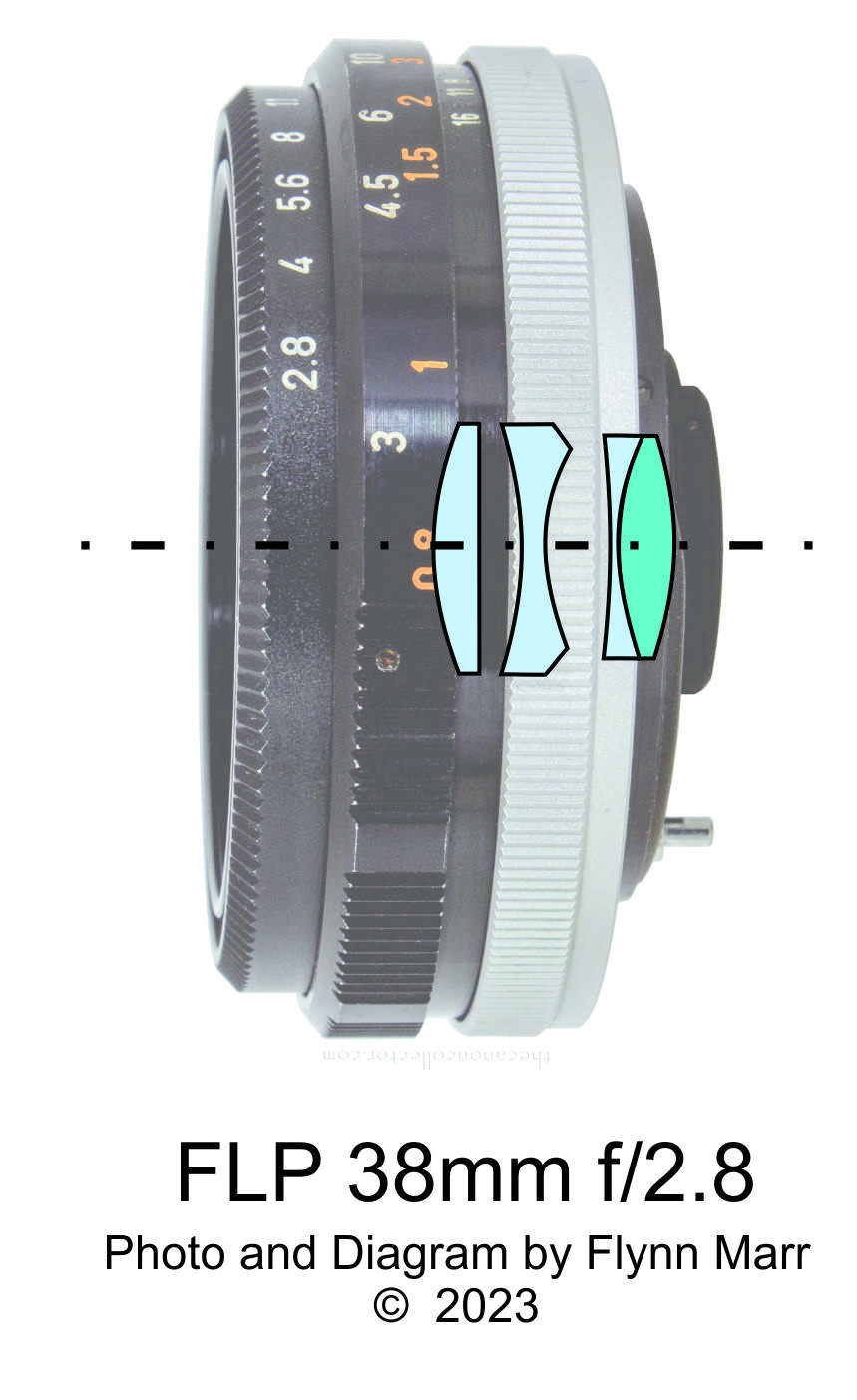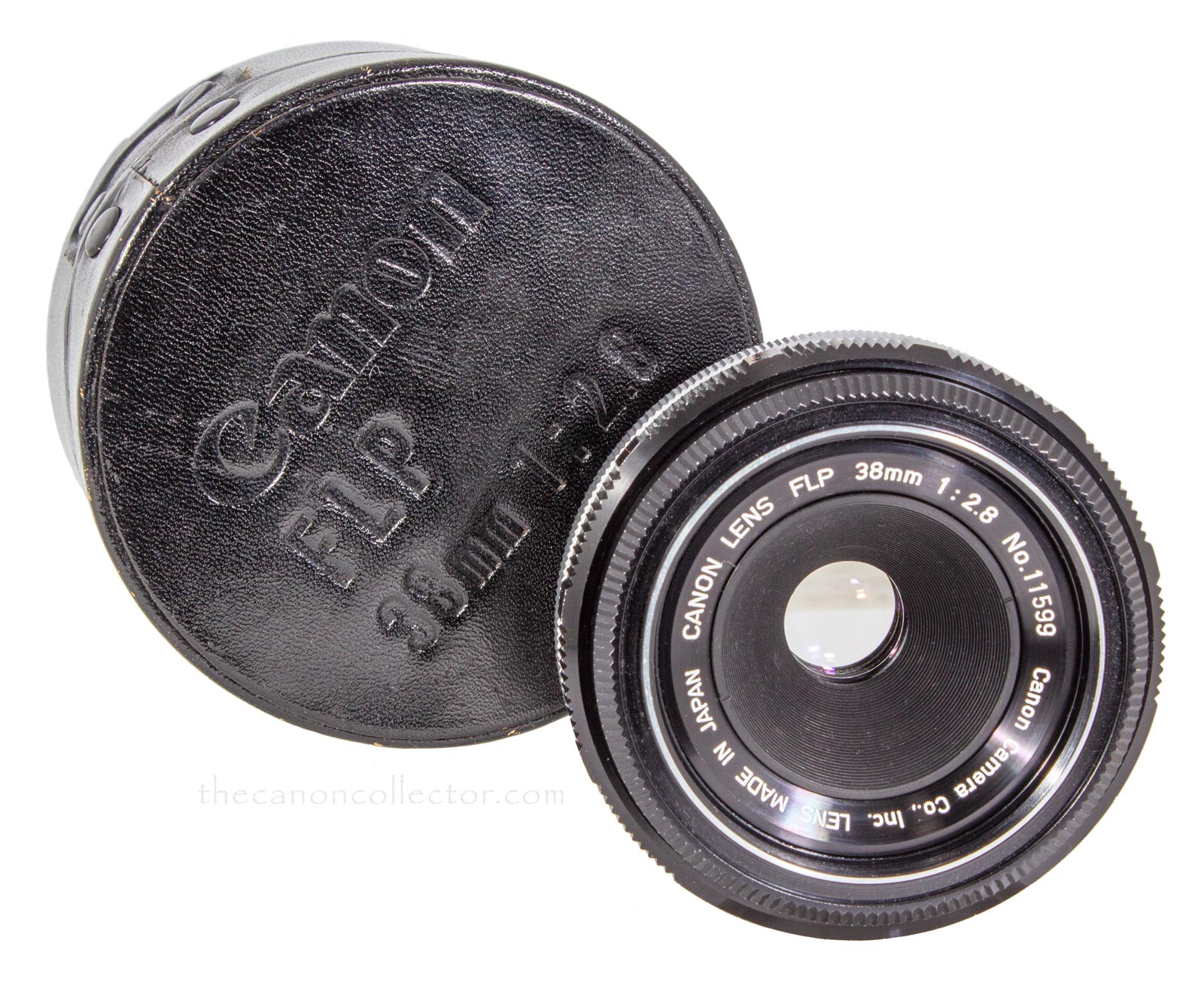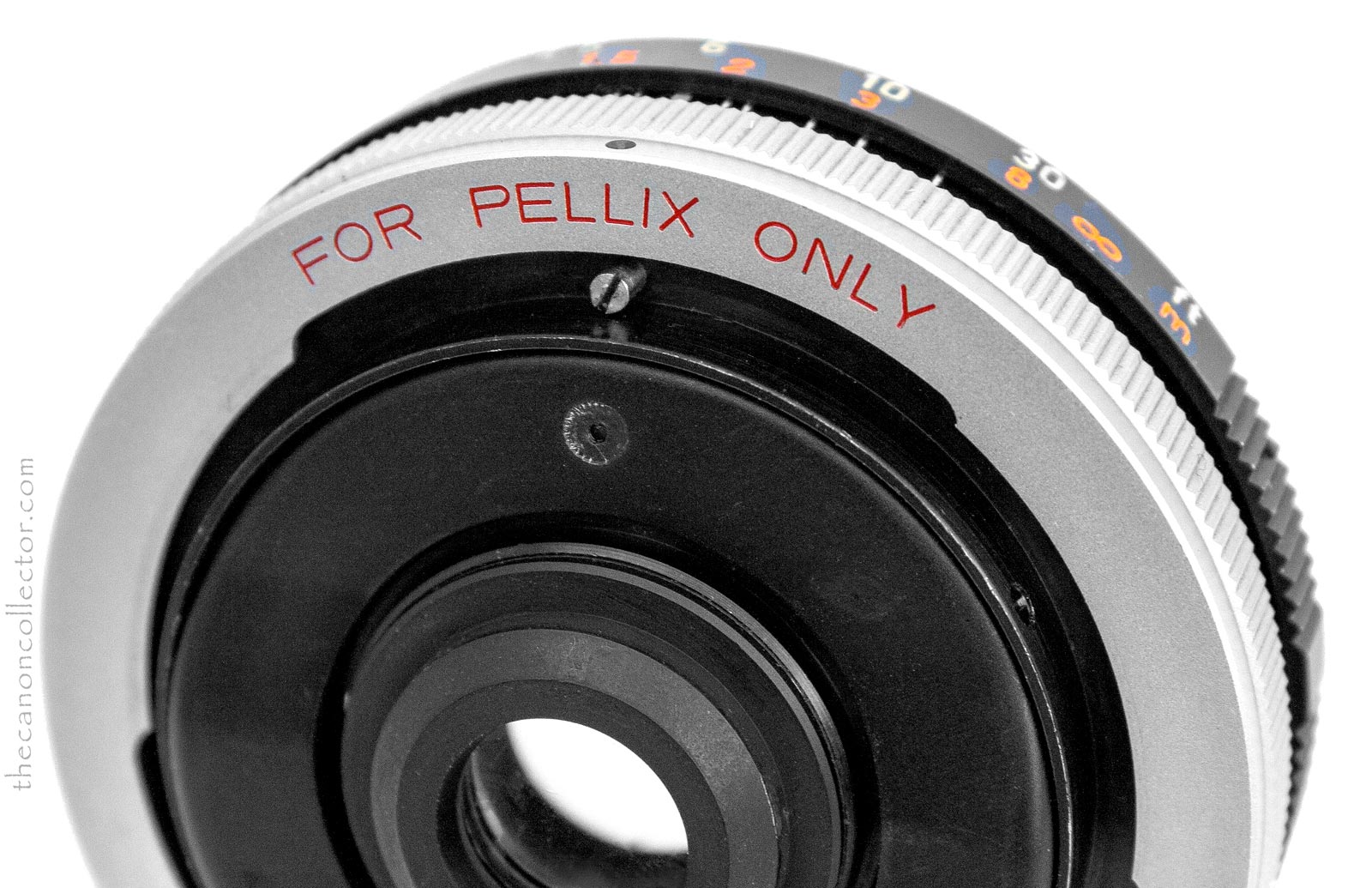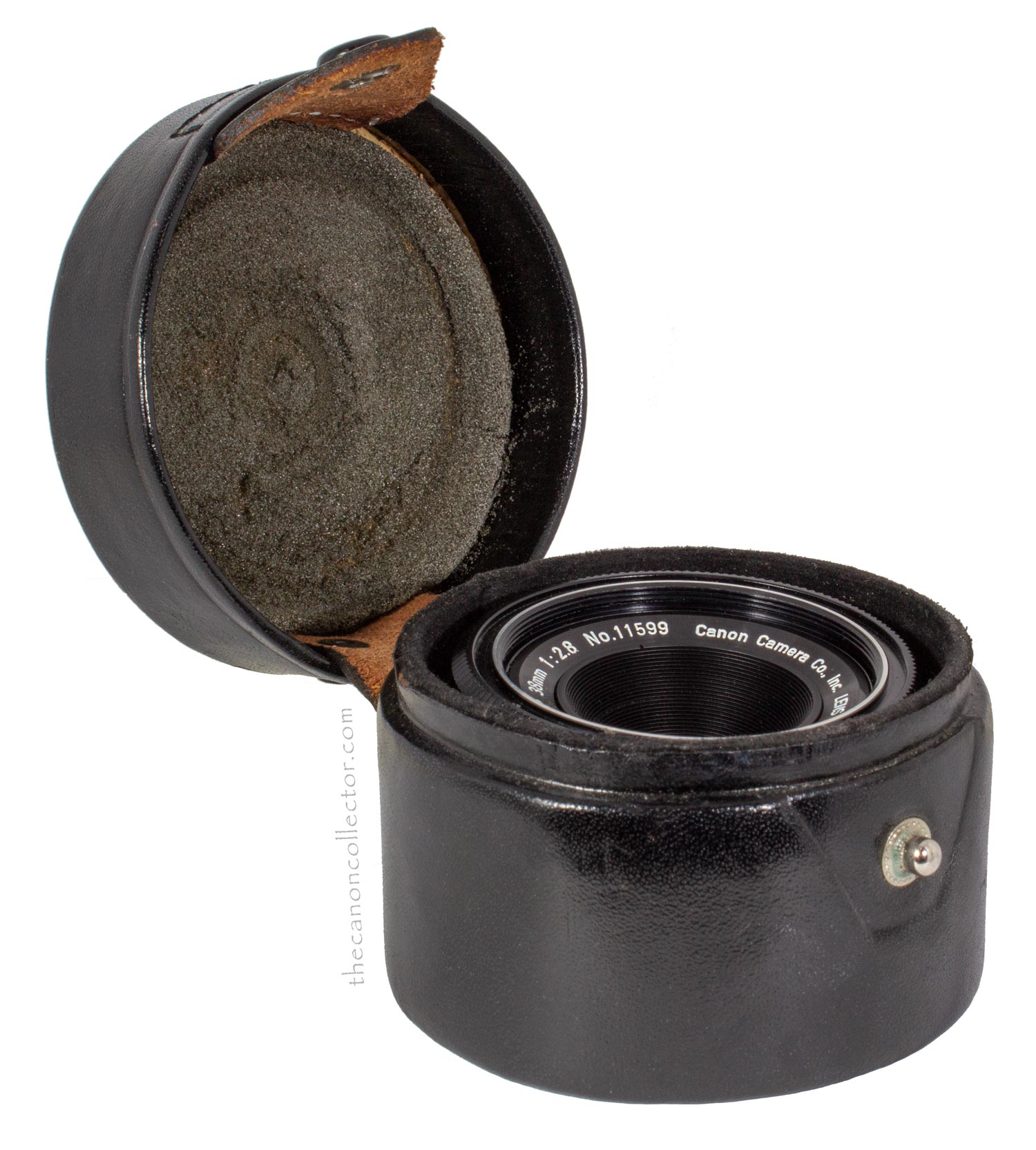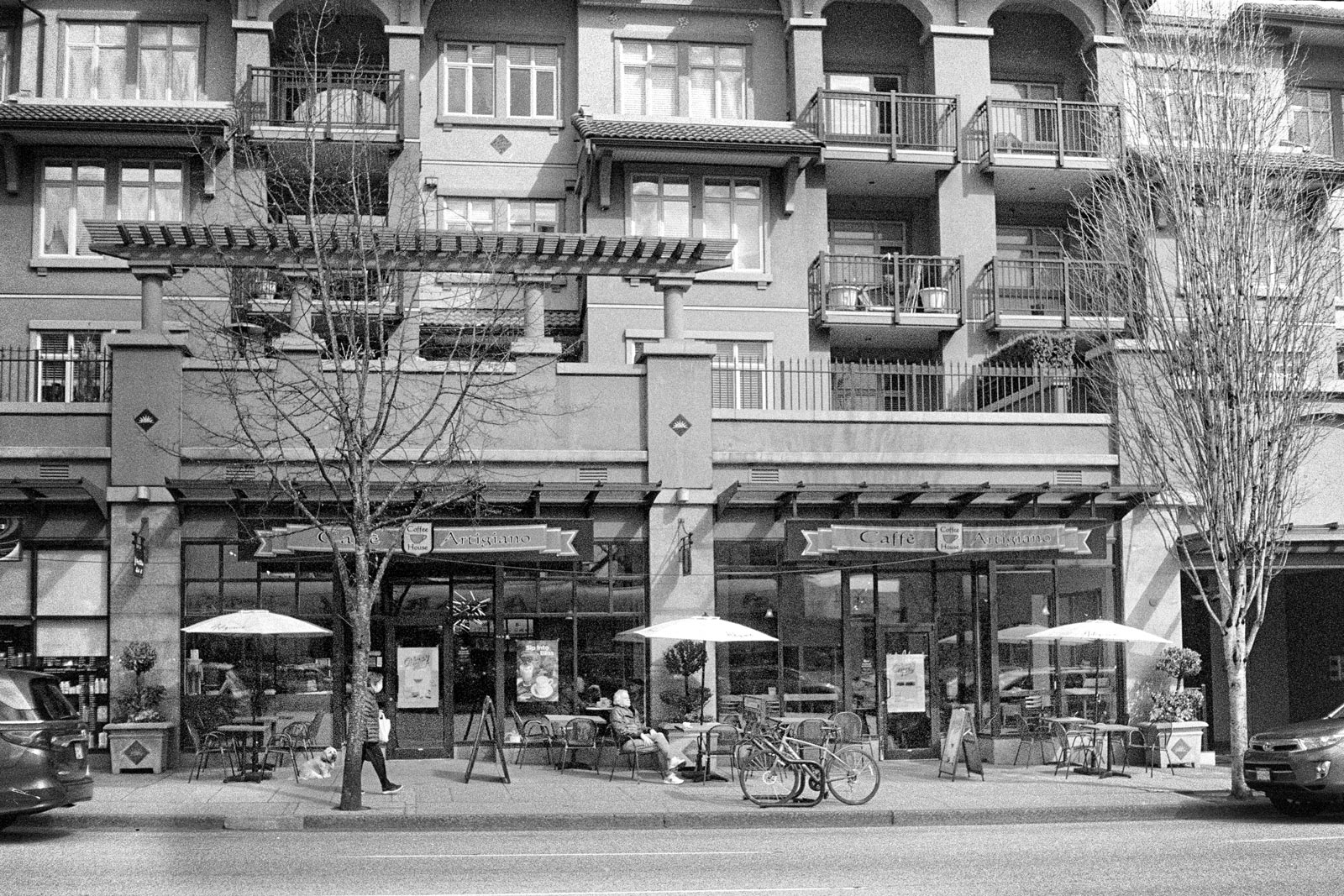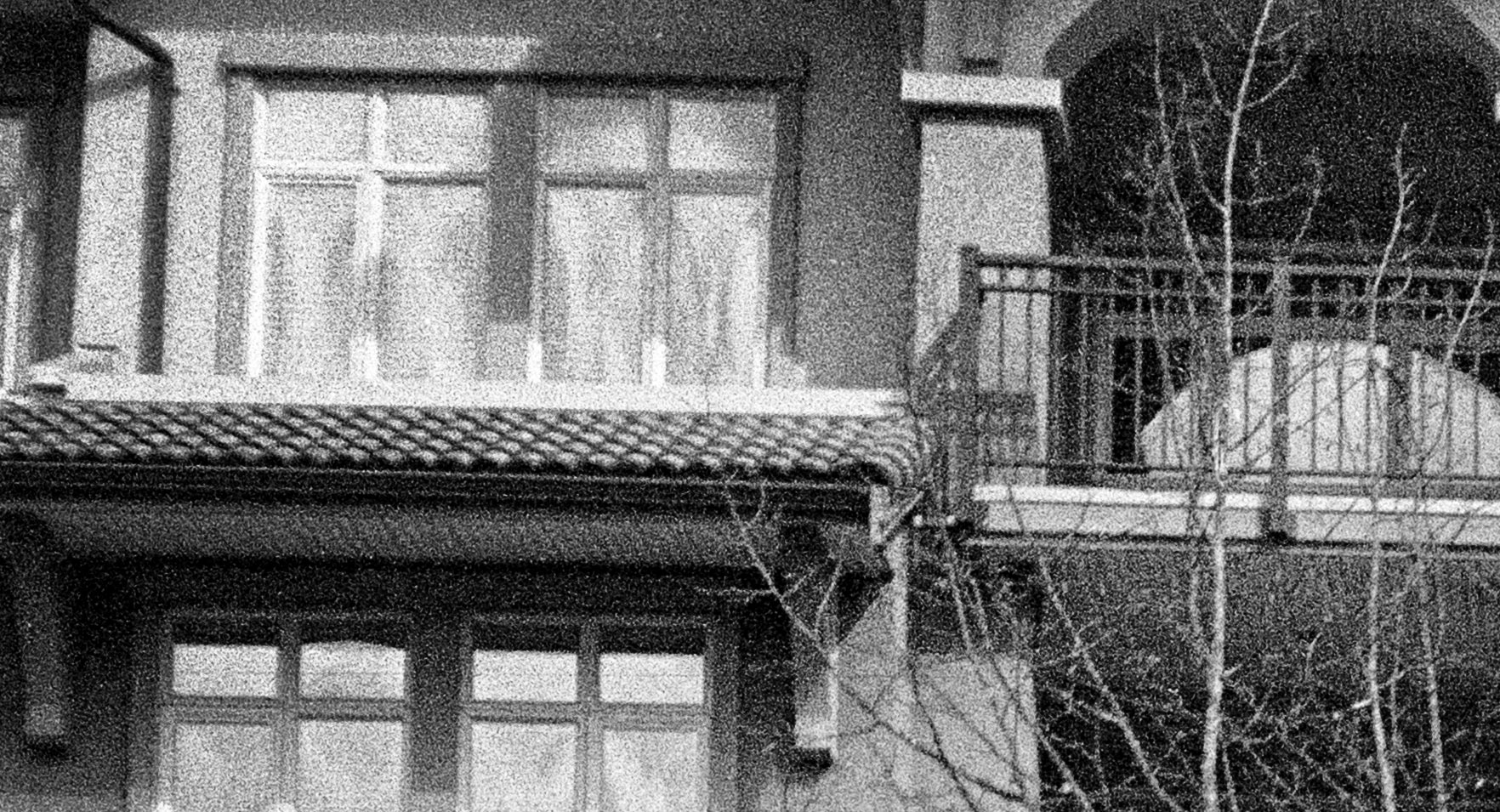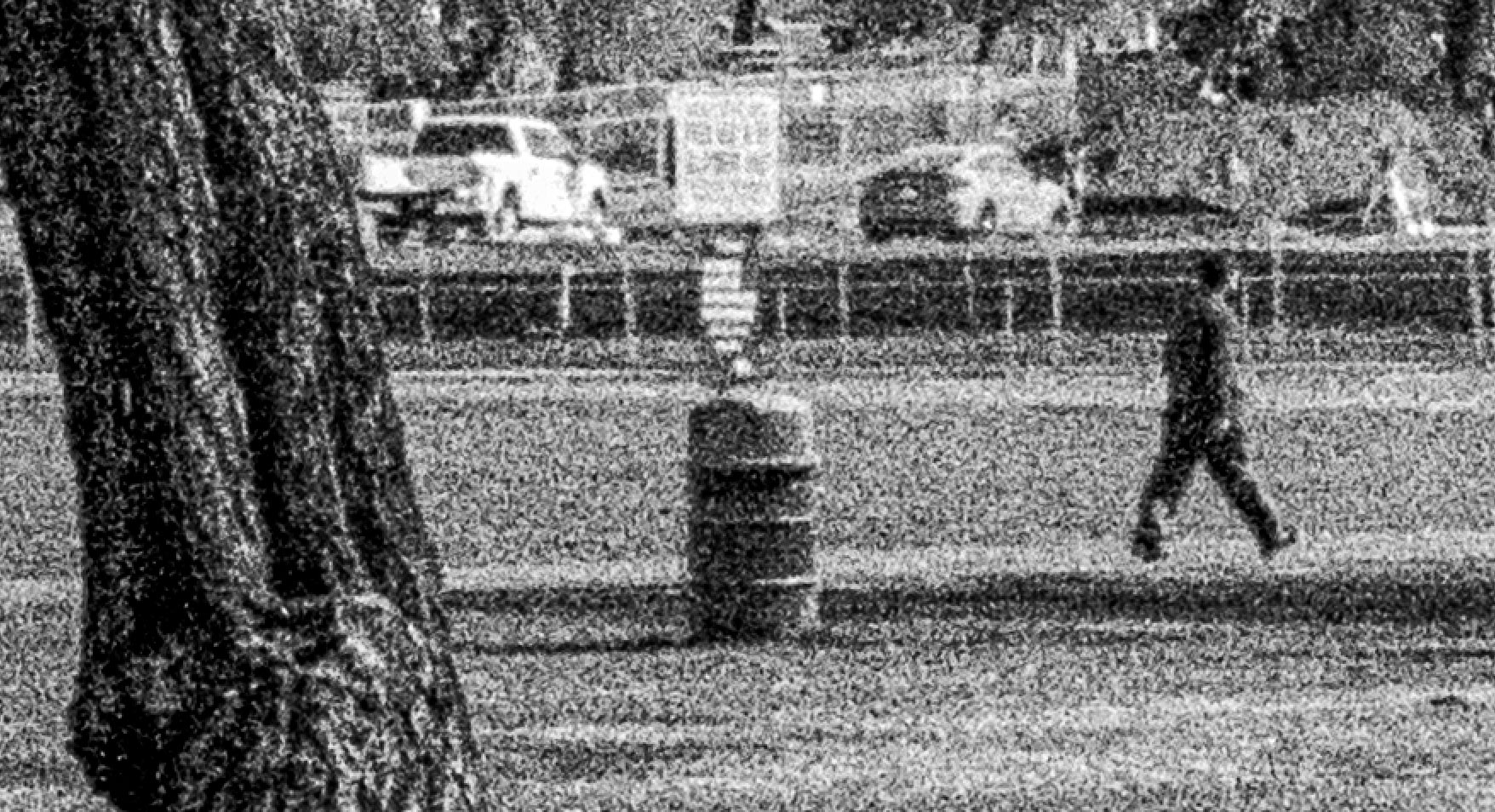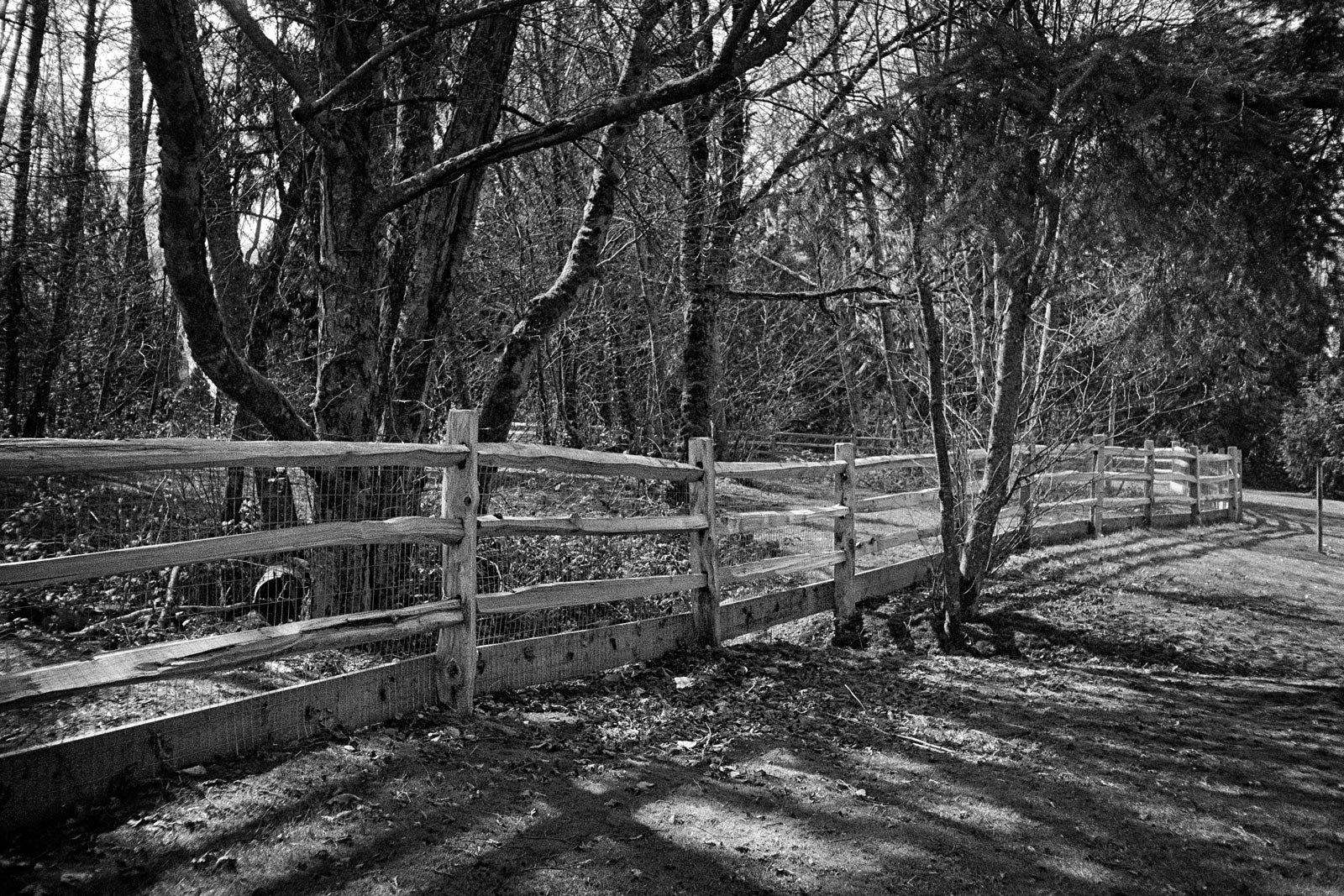This is my Pellix (Serial No. 119051) with the FLP 38mm lens mounted on it. Definitely a pancake lens.
The diameter of the lens seems large for such a small aperture.
Mounted on the camera it makes a large camera body seem smaller and manageable. It is a pleasure to carry around.
FLP 38mm f/2.8
A Lens for the Pellix – Only!
One has to wonder about the marketing strategy behind creating a lens that fits one body only when the goal is to create a system of lenses that work across the whole line of cameras. But that is exactly what Canon did with the FLP 38mm f/2.8 lens. I think not many were sold as it is not a common lens today.
And yet, it is a neat little lens. It is what we would call, today, a pancake lens being very thin. This is because the back of the lens sits well into the mirror box but, of course, the Pellix does not have a moving mirror. If this lens were mounted on, say, an FX or FP the mirror would strike the lens as it tried to flip up out of the way.
To ensure that this did not happen Canon made the alignment pin on the lens mount longer than normal so that the lens will not mount on other cameras. The Pellix lens mount was cut differently to allow for the longer pin yet it was still compatible with other FL lenses of the day.
With the exception of the longer alignment pin, this lens has an FL mount. So the name of the lens is FL for the mount and P for Pellix. It is a nice focal length for a walkabout lens and it is a delight to use. But more of that later.
This lens was introduced in May of 1965. It has a 4 element lens in 3 groups, the iris goes from f/2.8 to f/16 and it has a 48mm screw in filter ring. Flange distance is 48mm like all FL, FD and FDn lenses. Aperture has 6 blades and closest focus is 0.8 meters. I guess that about covers it.
The aperture ring on front is narrow and finicky to manipulate. The focus ring behind it is not much easier to to turn.
The front element of the lens is deeply recessed in the lens barrel providing some shielding from the sun although the lens seems immune to flare.
Using the FPL 38mm
The Pellix is a rather large camera body, as were all of the F series cameras, but with this little 38mm lens on it the camera seems much easier to handle. The focal length yields moderate wide angle which makes it perfect as a walkabout lens and suitable for general family snapshot use.
I took the camera out with roll of film and quite enjoyed using it. The lens being so thin the focus ring and aperture ring are narrow and take a bit of attention when setting them. Another problem I had was not the fault of the lens but the camera. The camera comes with a simple ground glass screen in the viewfinder and I find these difficult to use. I would have prefered a split image screen as my eyes are getting old. I found focusing accurately to be difficult.
As discussed in the article on the Pellix the light through the lens is split by the fixed semi transparent mirror with about 30% of it going to the viewfinder. As the lens is only f/2.8 this means that the viewfinder can be a bit dark in the shade and certainly indoors. This no doubt contributed to my problem focusing.
On the locking ring of the lens is a notice in red that the lens is only for the Canon Pellix. The over long alignment pin is clearly visible in this image.
I wanted to mount this lens on my Canon R using my FL/FD adapter but the longer alignment pin prevented that. I note however that the pin is slotted for a screwdriver so I assume it can be removed and replaced by a shorter screw. I have not done this and if you were to try it be very careful not to lose the original pin and not to destroy the threads for the original pin in the lens body. And only mount it on a Pellix or mirrorless camera with adapter.
What I did do was load my camera with Ilford HP5 using the nominal ISO speed of 400. I did not use the internal light meter but rather my external Sekonic meter. I then scanned the film with my Canon R.
I did some “brick wall” shots and two or three things were apparent: This lens is sharp, there is very little vignetting and it does have some small amount of barrel distortion. But I will not dwell on shots of brick walls. Lets look at some real images.
This is a photograph of the Cafe Artigiano. It suffers from perspective distortion as the lens is tilted upwards. However, the small amount of barrel distortion is apparent. No attempt was made to reduce it with software processing. That said, the overall quality of the image is apparent.
This is the upper left hand corner of the Cafe Artigiano at 100%. Some distortion is apparent but more importantly, even in the extreme corner, this is a sharp image! Even through the film grain you can see the crisp edges and subtle details.
I have taken these pictures as if I were using the camera as I normally would. This means having an aperture at f/8 or f/11 to get the best performance from the lens. As the film was being used at ISO 400 these apertures were easily obtained at good shutter speeds. The only problem is the grain in the film which limits our ability to judge sharpness in the finest details. Consider the picture below of an old tree in our local park.
This is the upper right corner of the picture of the old tree enlarged to 100%. Notice the fine lacey detail in the bare branches. They maintain sharpness as they disolve into the grain of the film.
And this is my opinion of the FLP 38mm lens. I say opinion because I am sure a more rigourous review could come up with more criticism and comment. However, for me, my opinion is that this is a great lens and one I will use in the future.
And finally, one last picture. This image is left without comment. I believe each picture has to speak to the viewer on its own.
This website is the work of R. Flynn Marr who is solely responsible for its contents which are subject to his claim of copyright. User Manuals, Brochures and Advertising Materials of Canon and other manufacturers available on this site are subject to the copyright claims and are the property of Canon and other manufacturers and they are offered here for personal use only.
